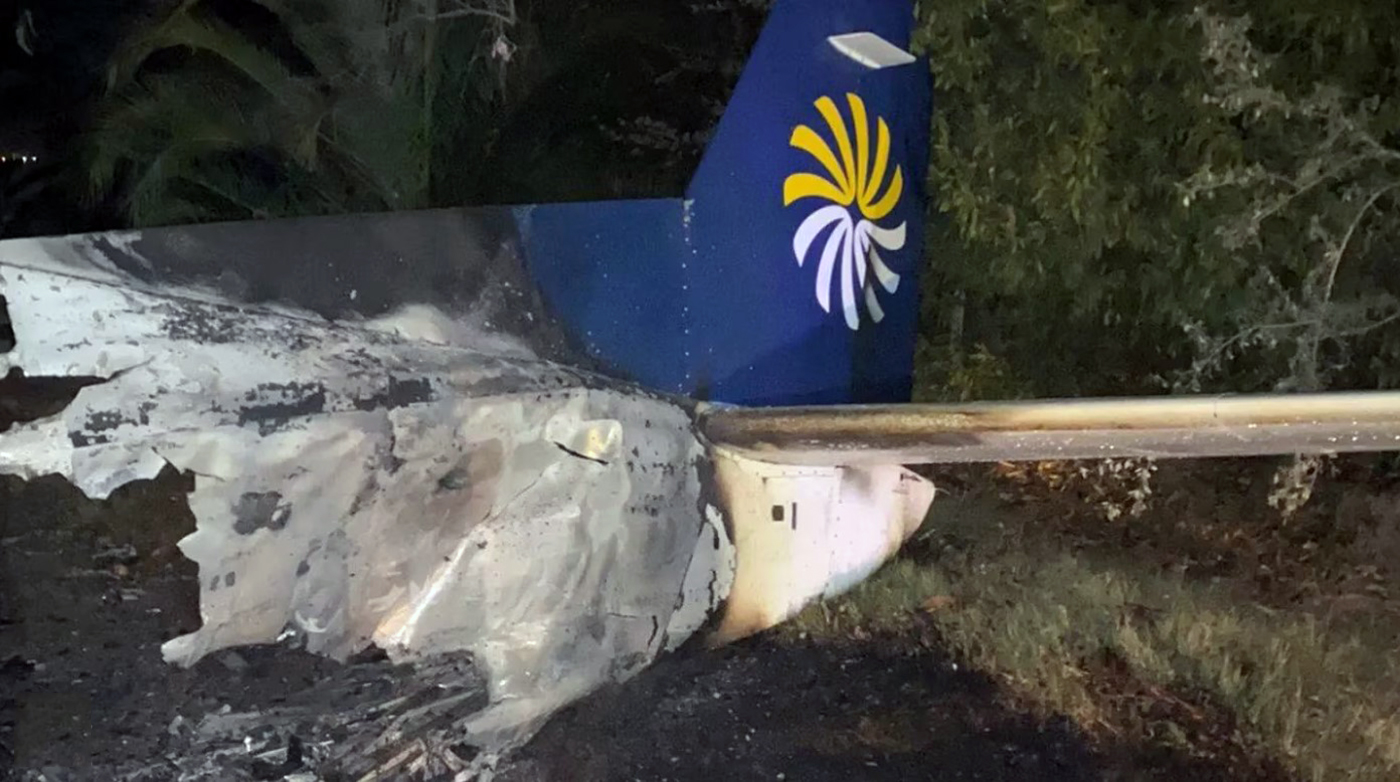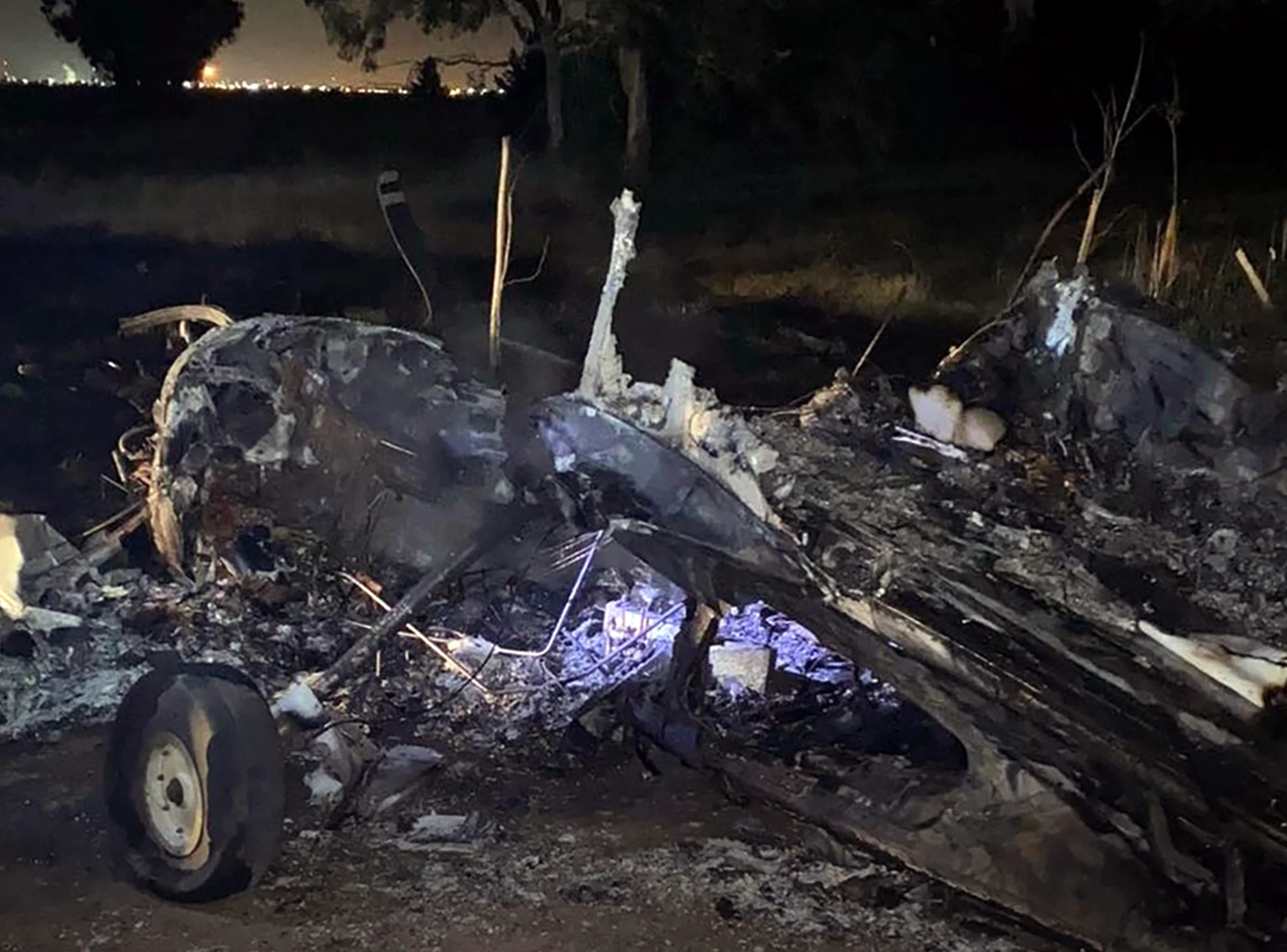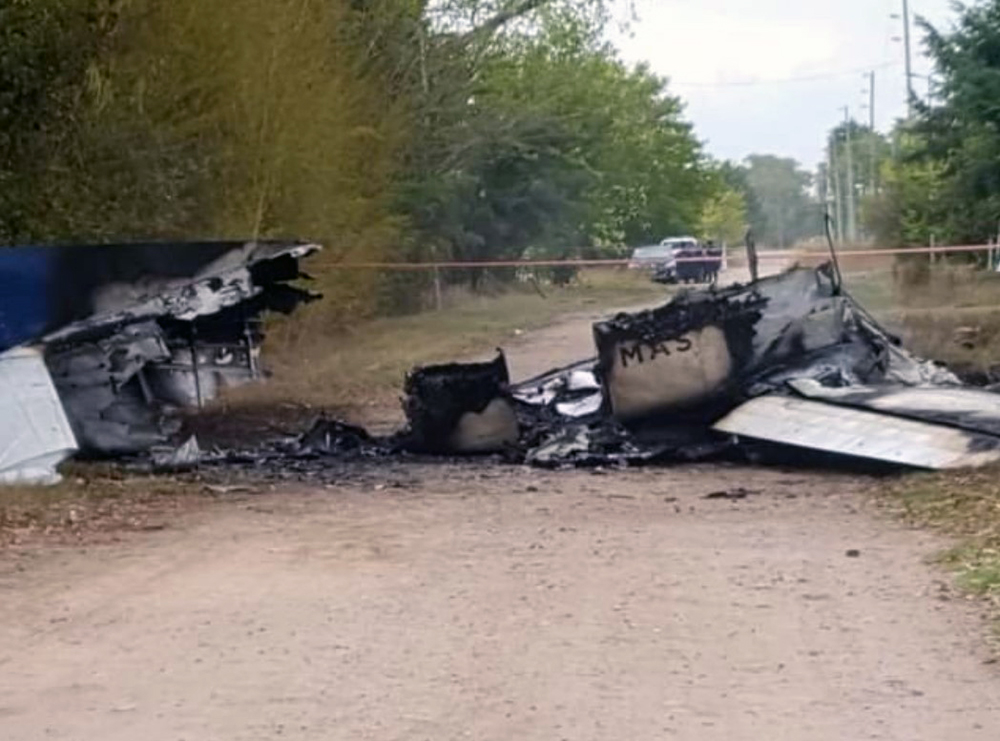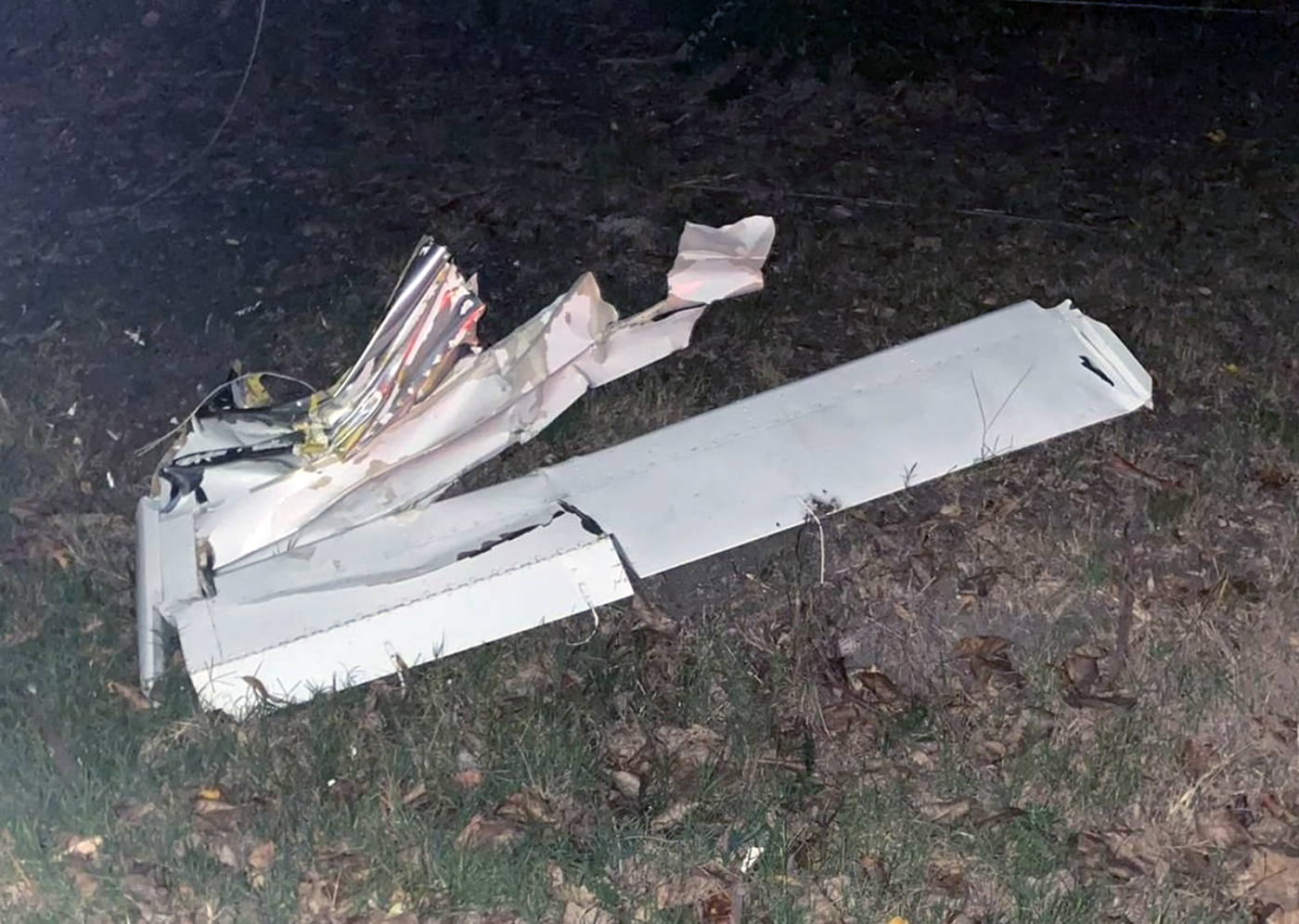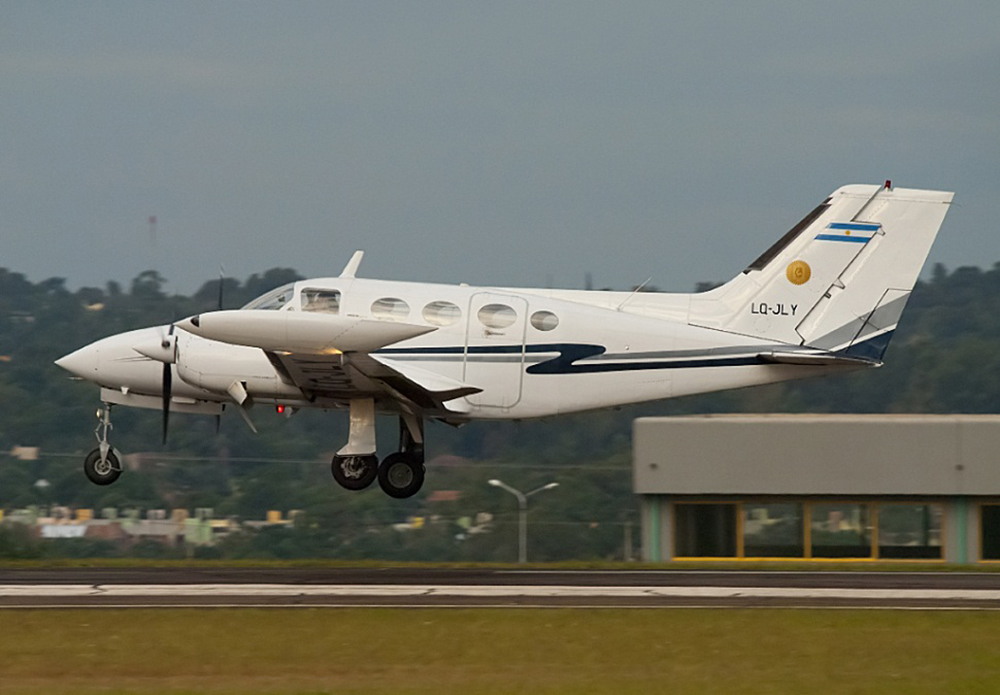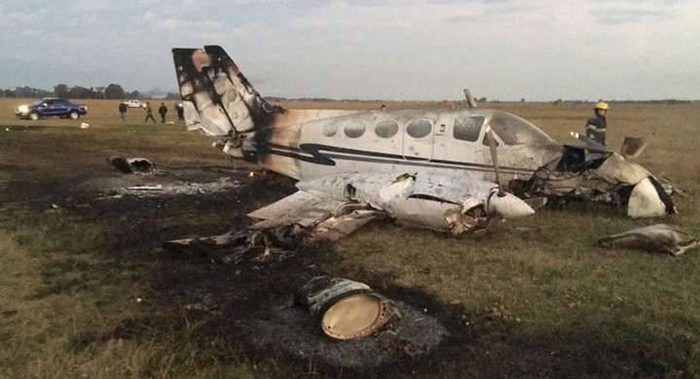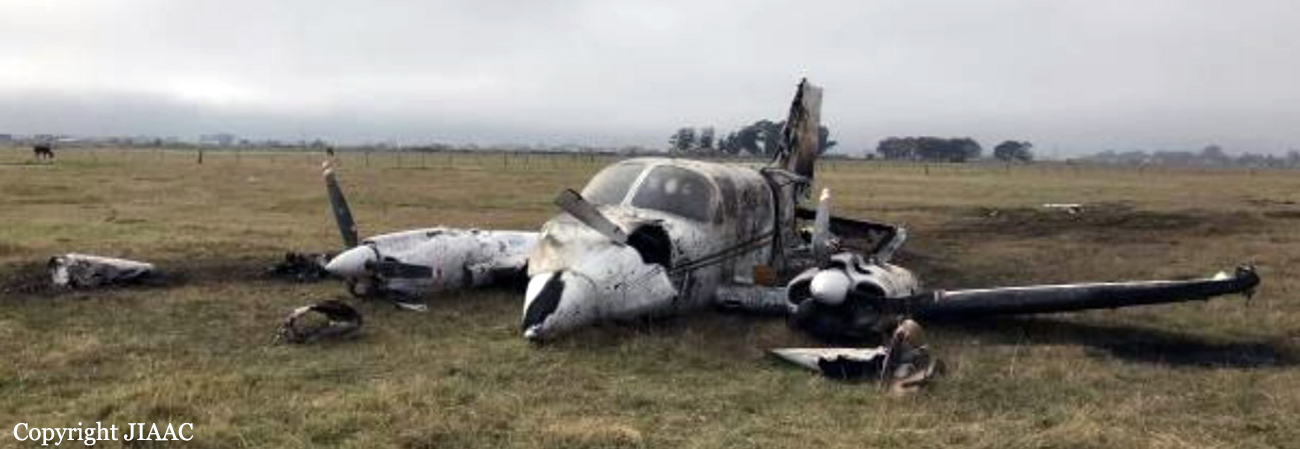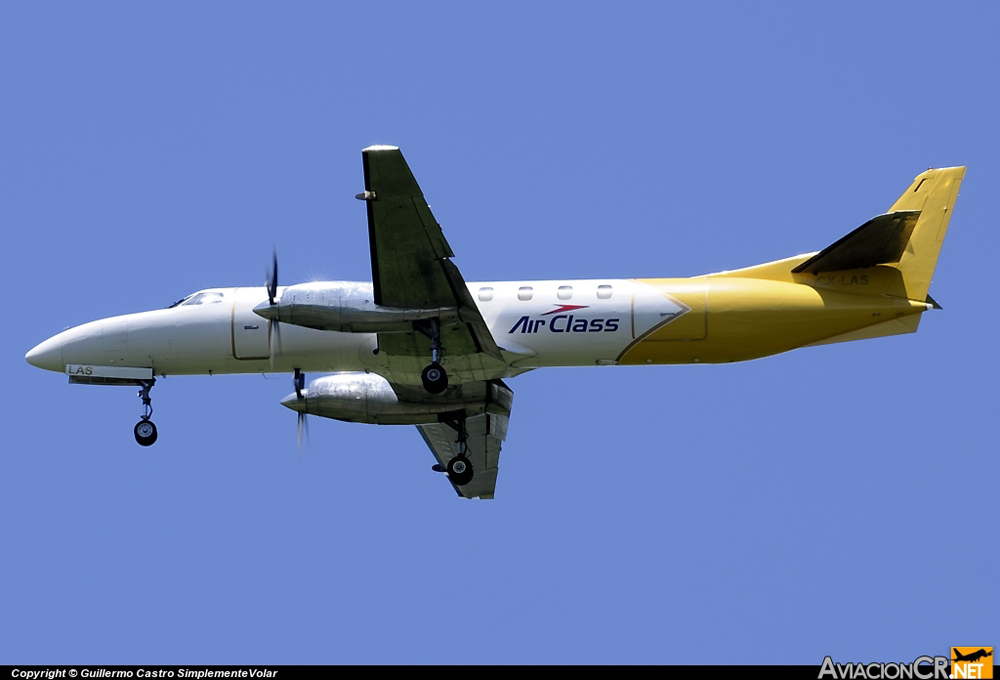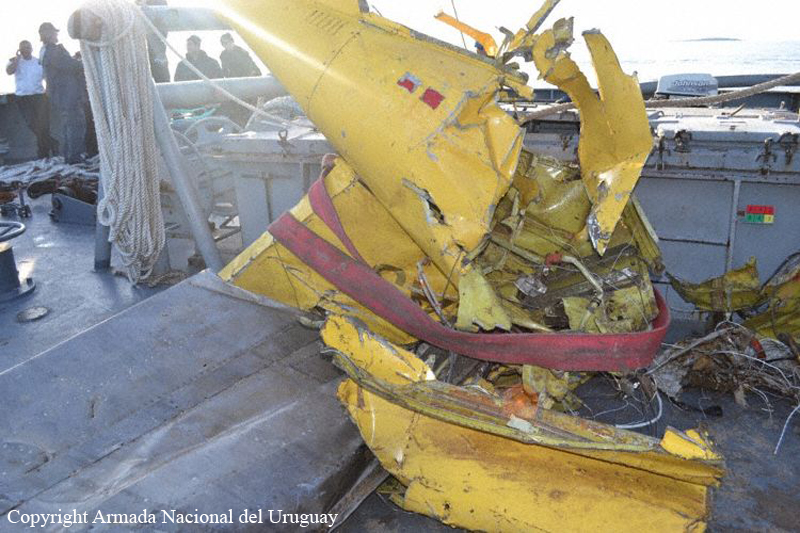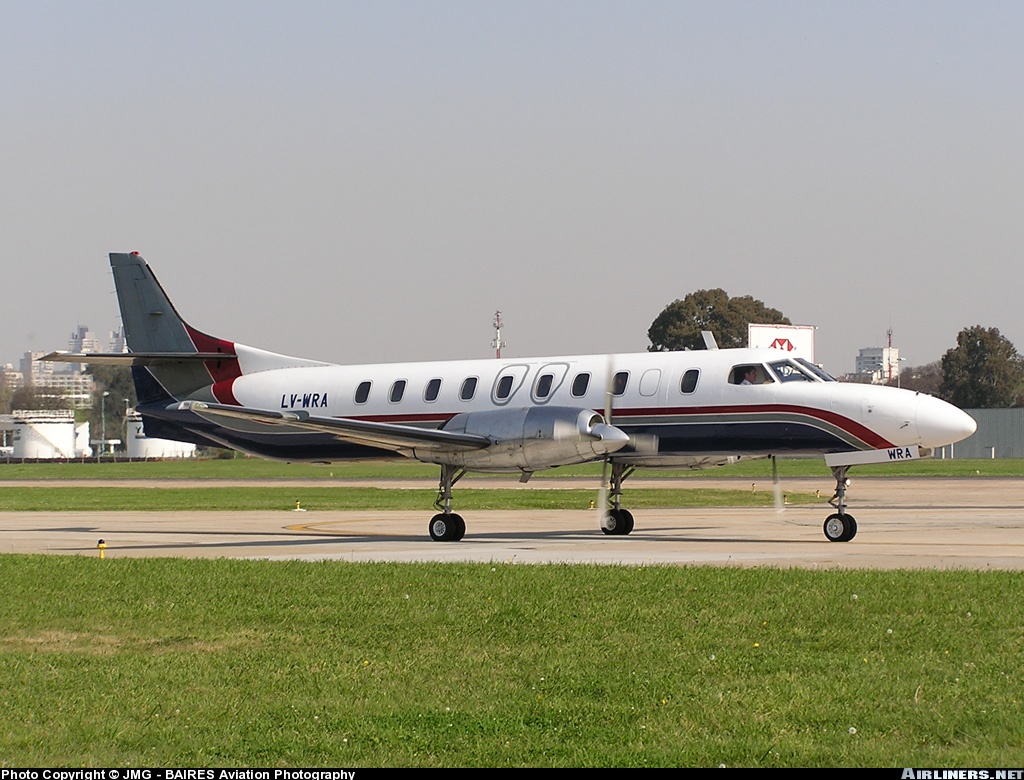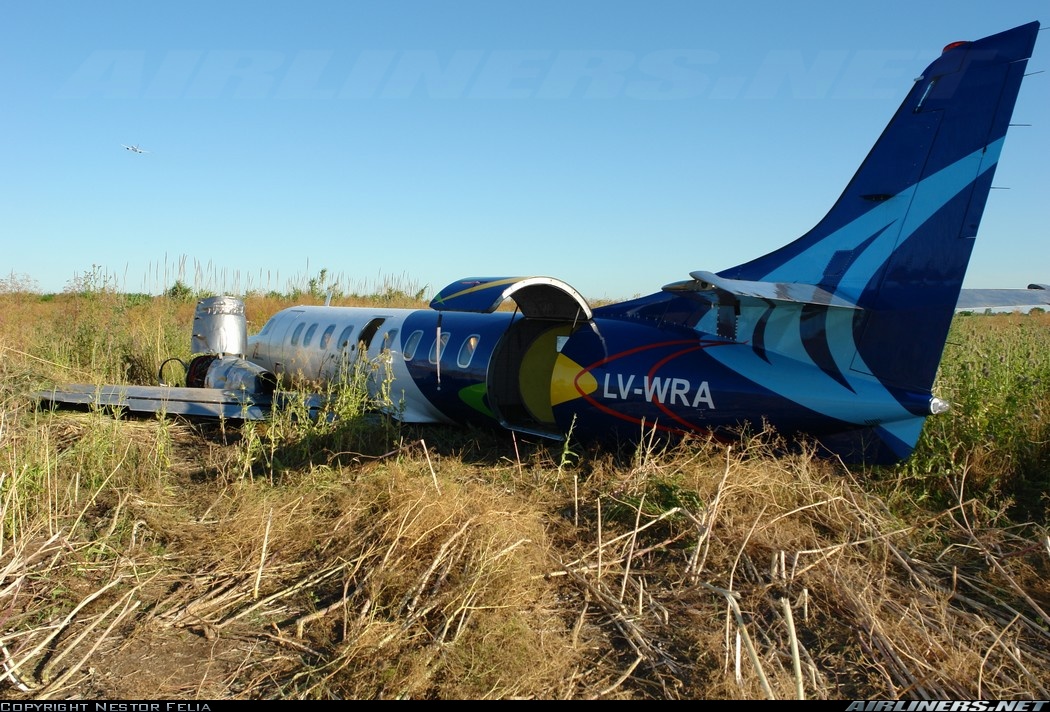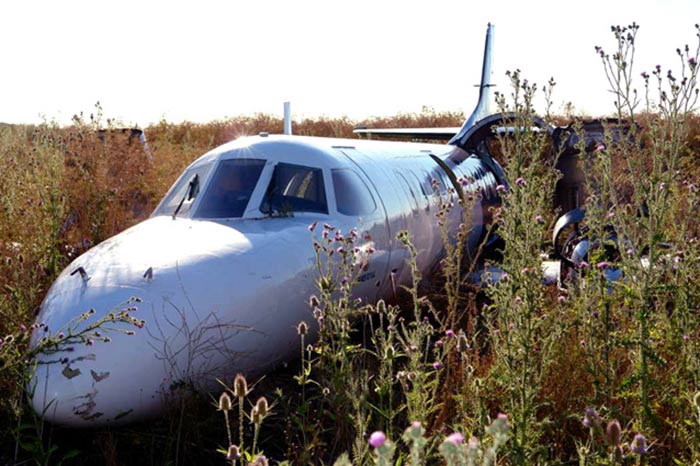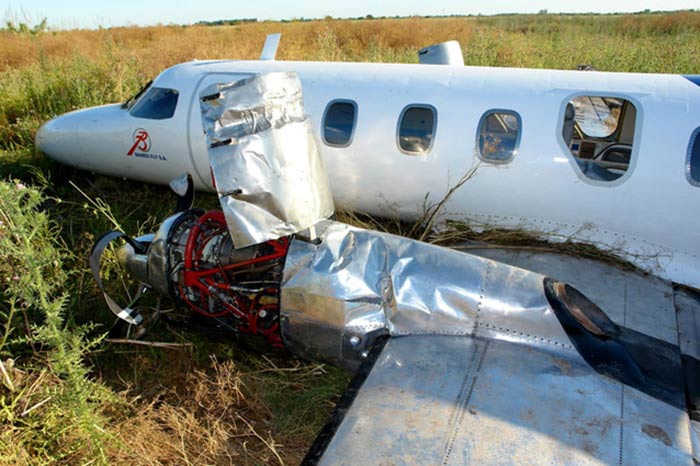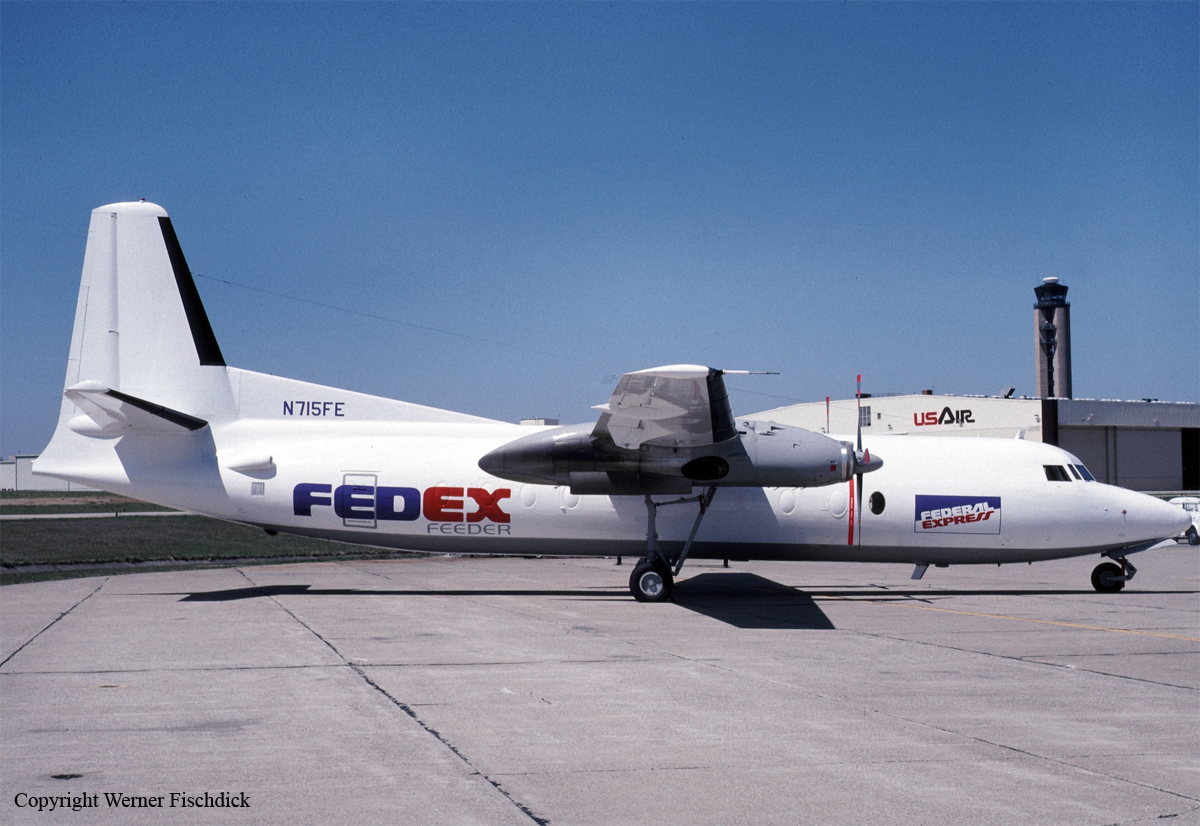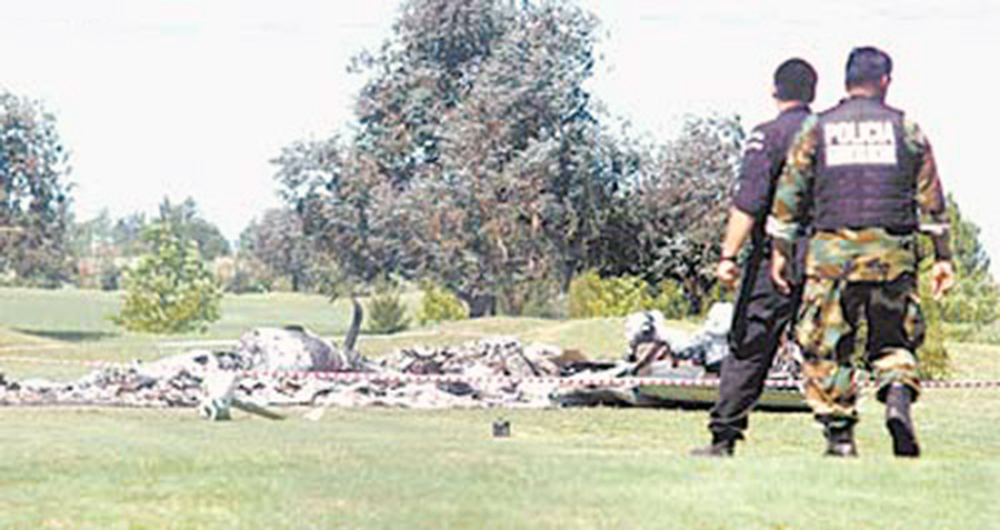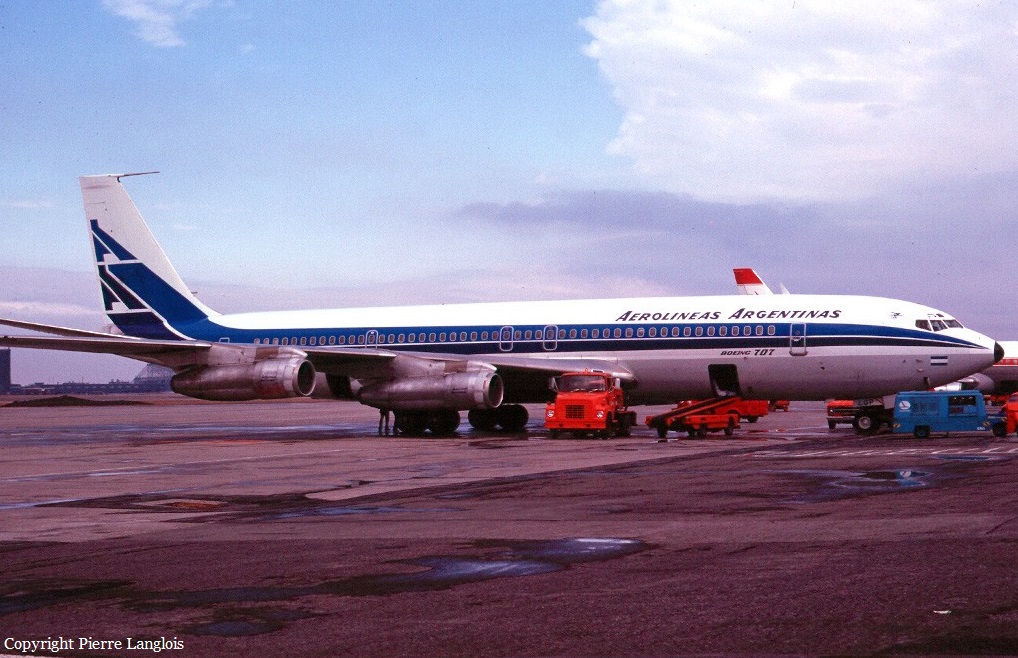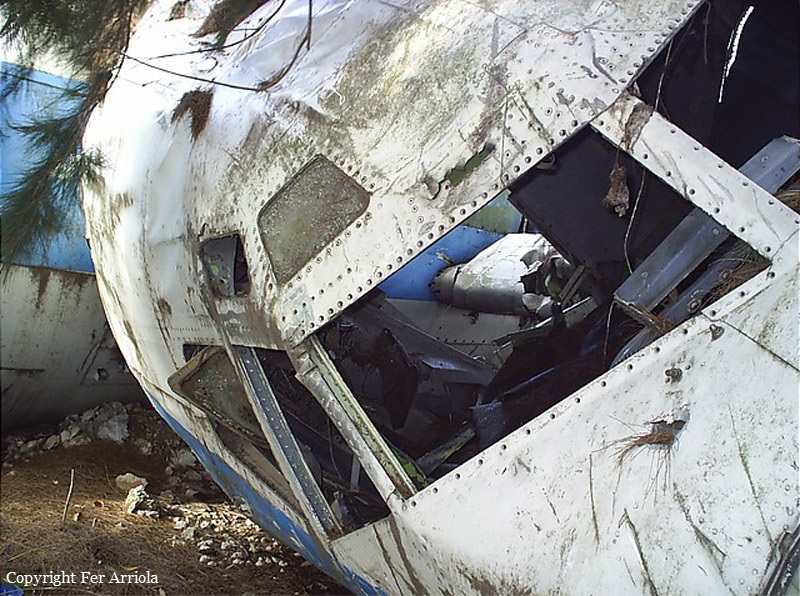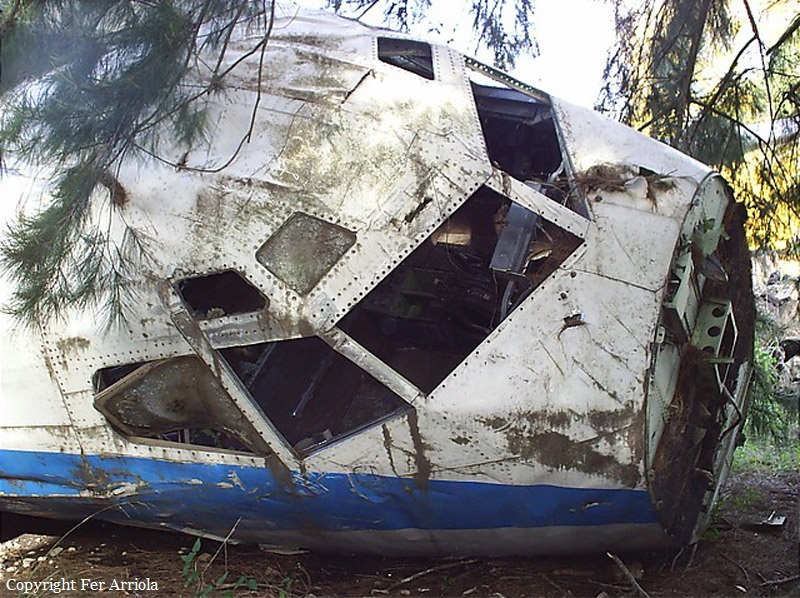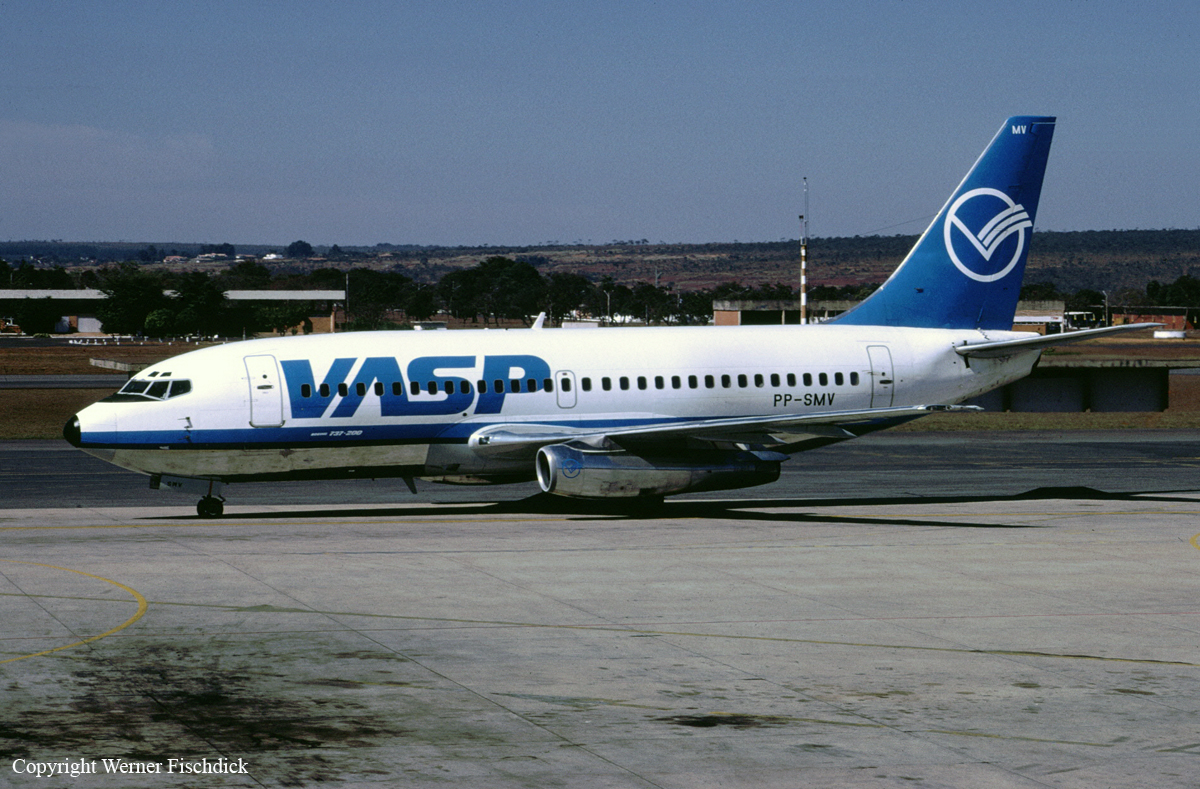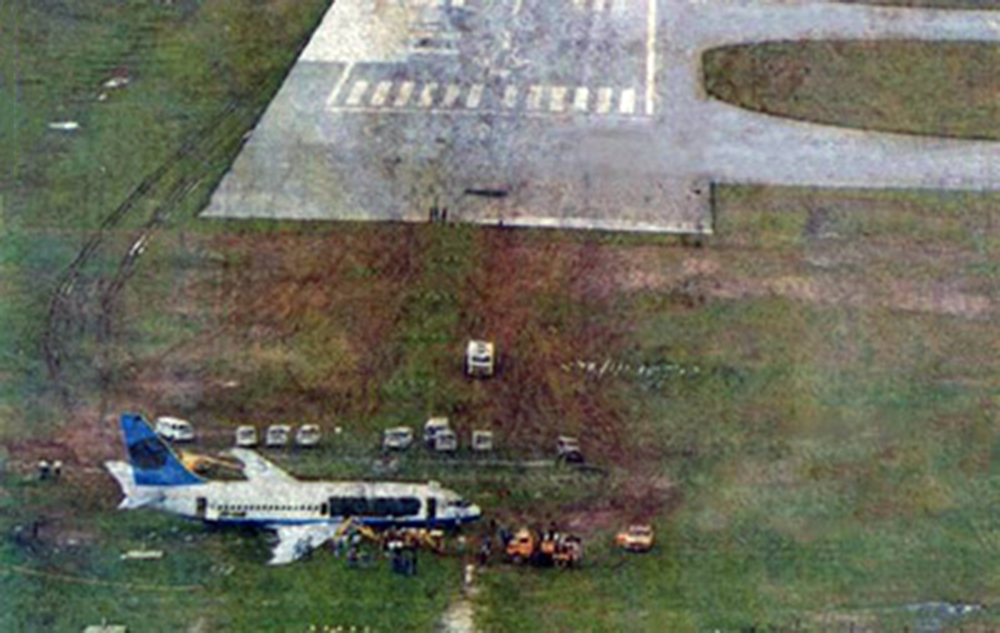Crash of a Cessna 208A Caravan I in Berisso
Date & Time:
Feb 16, 2023 at 0100 LT
Registration:
CX-MAX
Survivors:
Yes
Schedule:
Montevideo – Buenos Aires
MSN:
208-0042
YOM:
1985
Crew on board:
2
Crew fatalities:
Pax on board:
0
Pax fatalities:
Other fatalities:
Total fatalities:
0
Circumstances:
On a cargo flight from Montevideo to Buenos Aires, while cruising at night over the Río de la Plata, the crew encountered engine problems and decided to divert to La Plata Airport located in the Buenos Aires Province. On approach, the crew was forced to attempt an emergency landing when the airplane impacted trees and crashed on a small road located about 5 km northeast of runway 20 threshold, bursting into flames. Both pilots escaped uninjured while the airplane was totally destroyed by a post crash fire.

